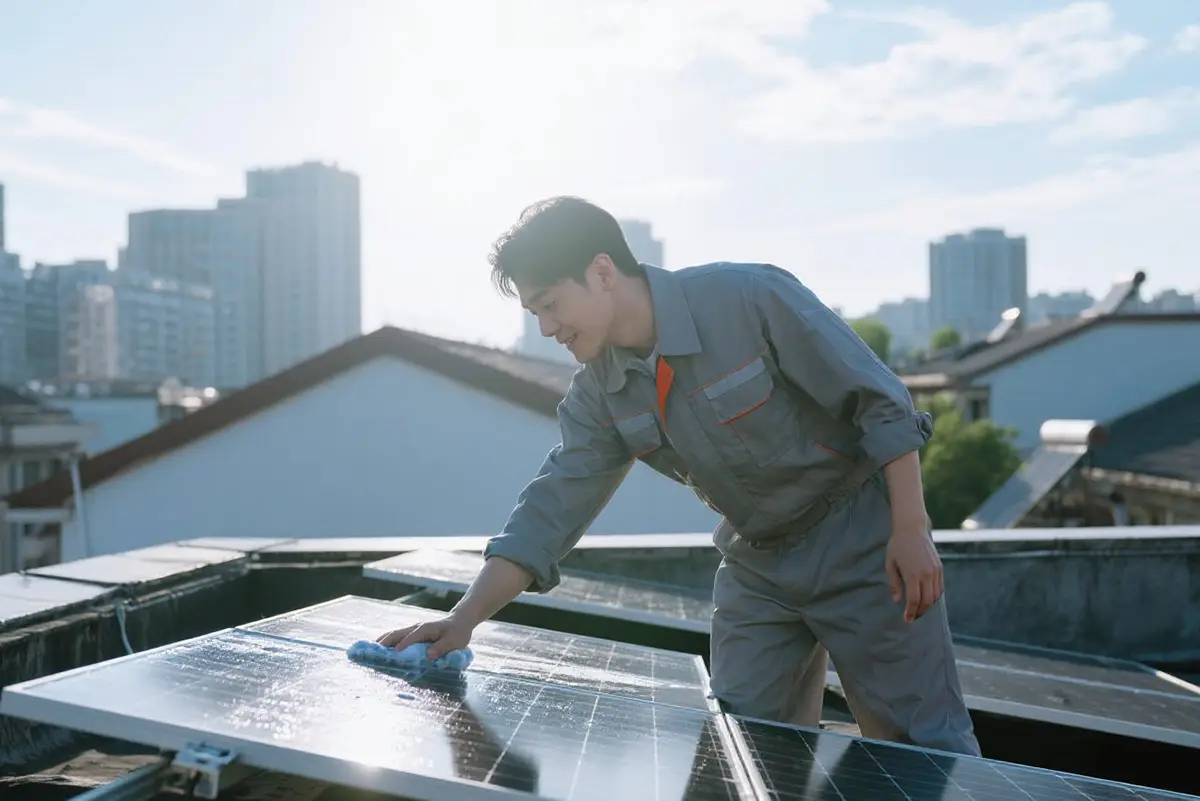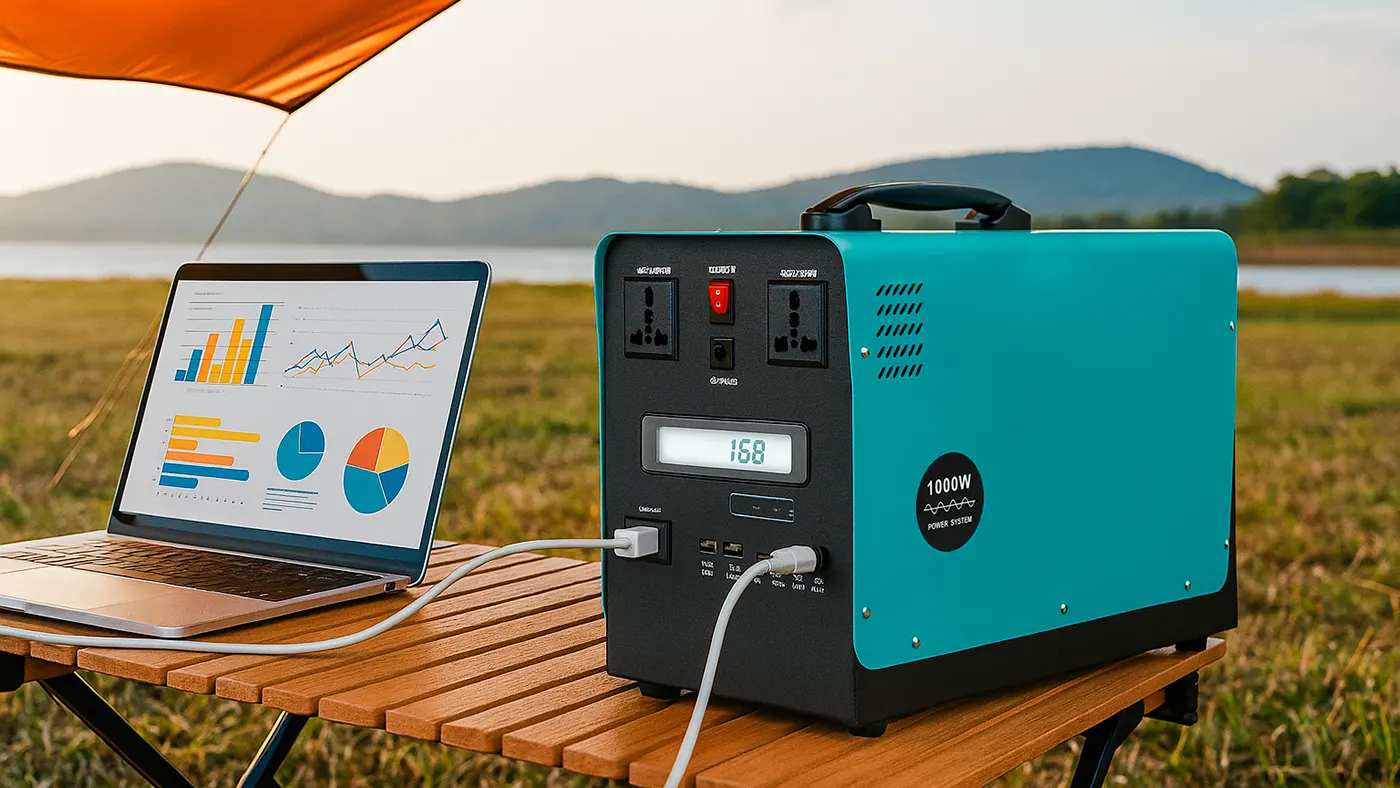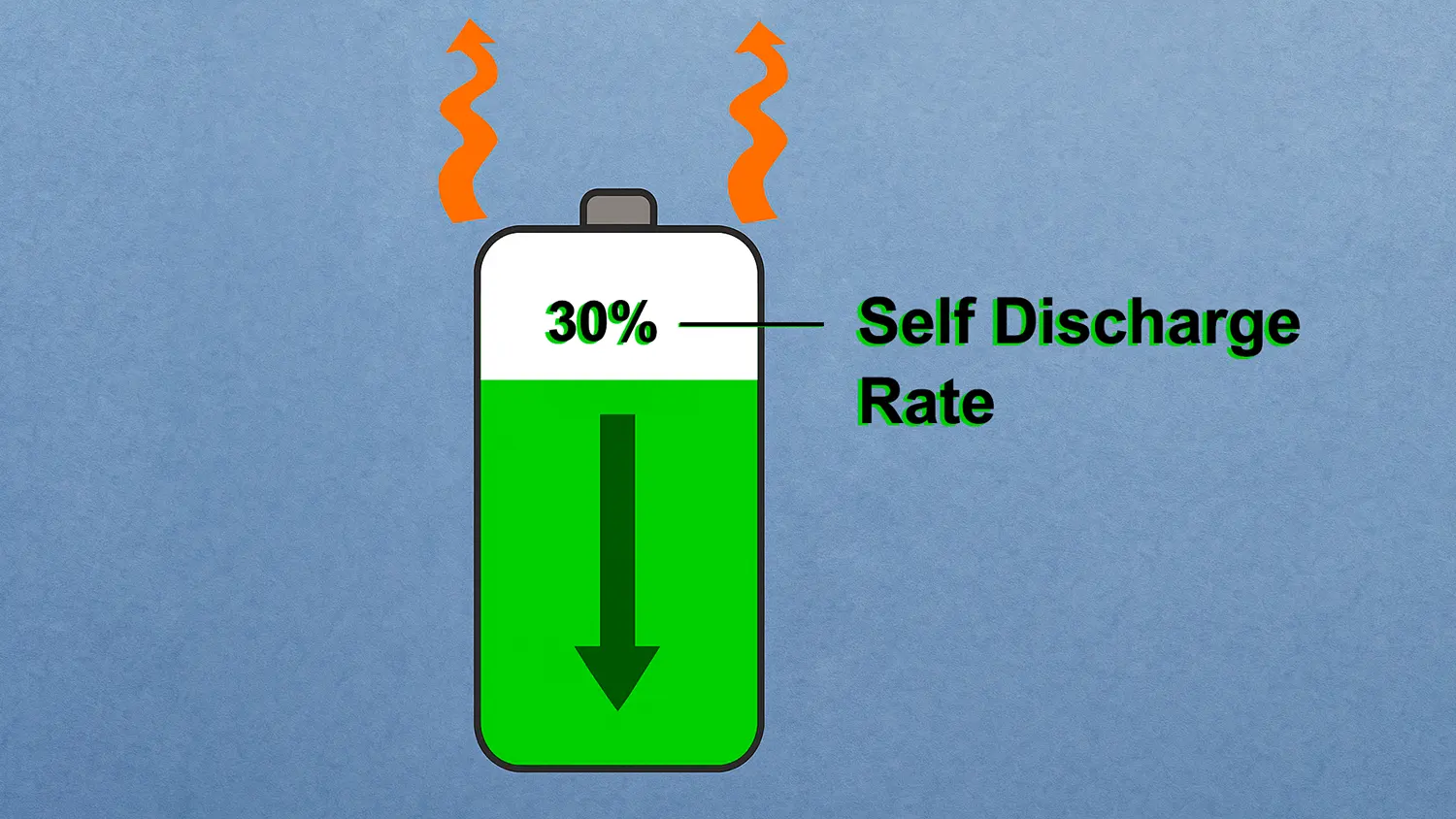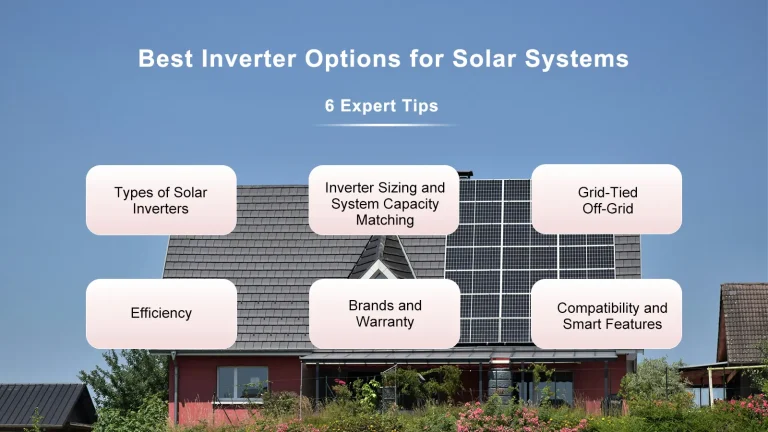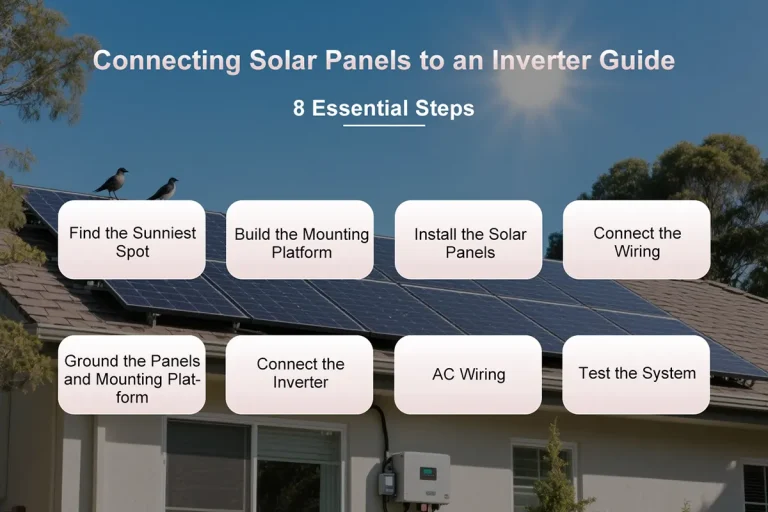9 October, 2025
What Is a Battery Energy Storage System and How Does It Work?
With the large-scale adoption of renewable energy and the increasing demand for flexibility and reliability in power systems, Battery Energy Storage Systems have become a crucial component of energy management. BESS can store and release electricity at different times, addressing fluctuations in energy supply and demand, enhancing grid stability, optimizing electricity costs, and providing safe and reliable energy solutions for both businesses and households. This article provides an in-depth overview of BESS, including its definition, working principles, advantages, application scenarios, and integration with distributed generation systems.
What is a Battery Energy Storage System
A Battery Energy Storage System is a system that uses batteries as energy storage media to store and release electricity over a certain period. BESS is especially important for households, businesses, and utilities because energy supply can fluctuate due to location, weather, or power outages.

Solar energy, as a clean and renewable resource, is a unique and remarkable energy engine, but its power generation depends on sunlight. By combining with batteries, BESS can store excess solar energy generated during the day and use it at night or during outages, mitigating the intermittency of renewable energy and ensuring a stable power supply.
How does a Battery Energy Storage System Work?
A complete BESS typically consists of battery modules, a Battery Management System (BMS), a Power Conversion System (PCS), an Energy Management System (EMS), and auxiliary systems, with each component performing specific functions.
The working principle of a BESS can be summarized in four core steps: charging, storing, discharging, and intelligent management. When power supply is sufficient, such as during grid off-peak periods or excess renewable generation, the PCS converts AC to DC and stores electrical energy in the battery as chemical energy. When power demand rises or generation is insufficient, the system converts chemical energy back into electrical energy for the grid or load, enabling peak shaving and energy balancing. BMS and EMS monitor the system in real-time, optimize charge/discharge strategies, and ensure efficient, stable, and safe operation through intelligent scheduling, thermal management, and safety protection.
Through the conversion between electrical and chemical energy, BESS can flexibly respond to fluctuations in power supply and demand, enhance grid stability, improve renewable energy utilization and energy efficiency, and reduce electricity costs for businesses and households.
Advantages of Battery Energy Storage System
Battery energy storage systems offer efficient, intelligent, and sustainable solutions for modern energy structures. They not only improve renewable energy utilization but also enhance grid stability, optimize energy costs, and provide significant environmental benefits.
1.Increase Renewable Energy Utilization
Solar and wind power generation is variable, and BESS can store excess electricity when generation is high and release it when generation is low, smoothing out energy output. Through peak shaving and power regulation, storage systems significantly improve the availability and reliability of renewable energy, promoting wider adoption of green energy.
2.Enhance Grid Stability and Reliability
BESS can respond rapidly to high or fluctuating grid loads, providing frequency regulation, voltage support, and emergency backup to help maintain grid balance and stability. For industrial parks or data centers requiring high reliability, storage systems can serve as backup power, switching on immediately during outages to minimize operational interruptions.
3.Reduce Electricity Costs
Storage systems can automatically charge during low electricity price periods and discharge during peak periods, helping businesses and households optimize energy costs. When combined with solar PV systems, storage further increases self-consumption and reduces dependence on grid electricity, generating long-term economic benefits.
4.Significant Environmental Benefits
The application of BESS reduces reliance on conventional fossil fuels, lowers carbon emissions, and supports the transition to a cleaner, low-carbon energy mix. By more efficiently utilizing renewable energy, battery storage systems support global energy transition goals and provide practical solutions to combat climate change.
Application Scenarios of Battery Energy Storage System
BESS has a wide range of uses, playing an important role in commercial, industrial, grid, and residential settings, providing flexibility, stability, and economic benefits. The following are key functions and values of BESS in different application scenarios:
Commercial and Industrial Scenarios
For businesses and factories, BESS is a powerful tool for energy management and cost control:
- Peak Shaving: Charge during off-peak periods and discharge during peak periods to reduce peak loads and avoid high demand charges.
- Load Shifting: Transfer electricity consumption from high-cost periods to low-cost periods to balance energy expenses and improve overall efficiency.
- Microgrid Support: In parks, factories, or remote areas, BESS can act as the core component of a microgrid, enabling both grid-connected and independent operation.
Even during grid outages, a microgrid can maintain critical loads powered by the storage system.
Explore how GODE’s Battery Energy Storage System (BESS) supports the Dino Desert Theme Park in Malaysia by integrating renewable energy generation, maximizing energy efficiency, and optimizing peak load management. Even in microgrid mode, the system can sustain critical loads during grid outages, ensuring a continuous and reliable power supply.
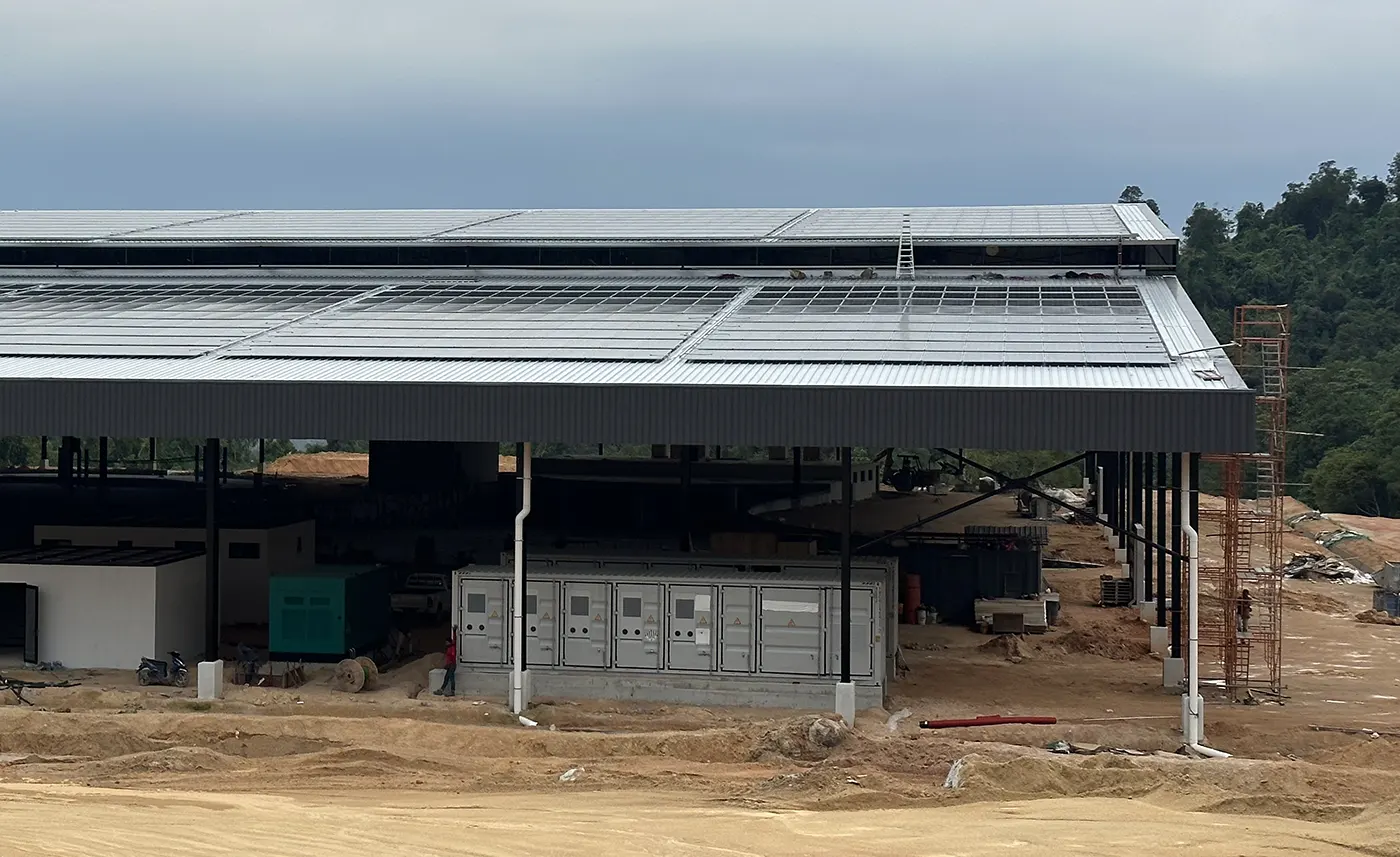
Grid-side Applications
At the power system level, BESS is essential infrastructure to ensure grid stability and flexibility:
- Peak Shaving & Frequency Regulation: Respond quickly to frequency and voltage fluctuations, improving grid quality.
- Alleviate Transmission Stress: Discharge stored energy during peak demand to reduce line loads and prevent equipment overload.
- Black Start Capability: Provide start-up power to generators during large-scale outages, enabling rapid grid restoration.
Residential Scenarios
BESS also shows great potential in residential energy management, helping households achieve energy independence and low-carbon lifestyles:
- Backup Power: Provide emergency energy for critical appliances during outages.
- Peak-Valley Arbitrage: Store electricity during low-price periods and use or feed back to the grid during peak periods to reduce electricity bills.
- Off-grid Living: When paired with solar PV, BESS allows households to operate partially or completely off the grid, supporting self-consumption and a clean energy lifestyle.
Integration of BESS with Distributed Generation Systems
GODE’s Storage System leverages PCS, EMS, and intelligent control technologies to seamlessly integrate BESS with various distributed generation systems. Whether a facility already has solar PV, wind turbines, or other renewable energy systems, or plans to build new distributed energy installations, GODE’s storage solutions can adapt flexibly. Through real-time monitoring and intelligent dispatch, the system optimizes energy production and utilization, enabling localized power supply, peak shaving, and efficient energy use, helping enterprises reduce costs, improve energy reliability, and support sustainable development goals.
Conclusion
Through intelligent charge and discharge management and deep integration with distributed generation systems, battery energy storage is transforming modern energy usage. Whether in residential, commercial, or grid applications, BESS enables efficient energy utilization, stable supply, and cost optimization, providing solid technical support for a low-carbon and sustainable future.
Battery Energy Storage System FAQs
share

